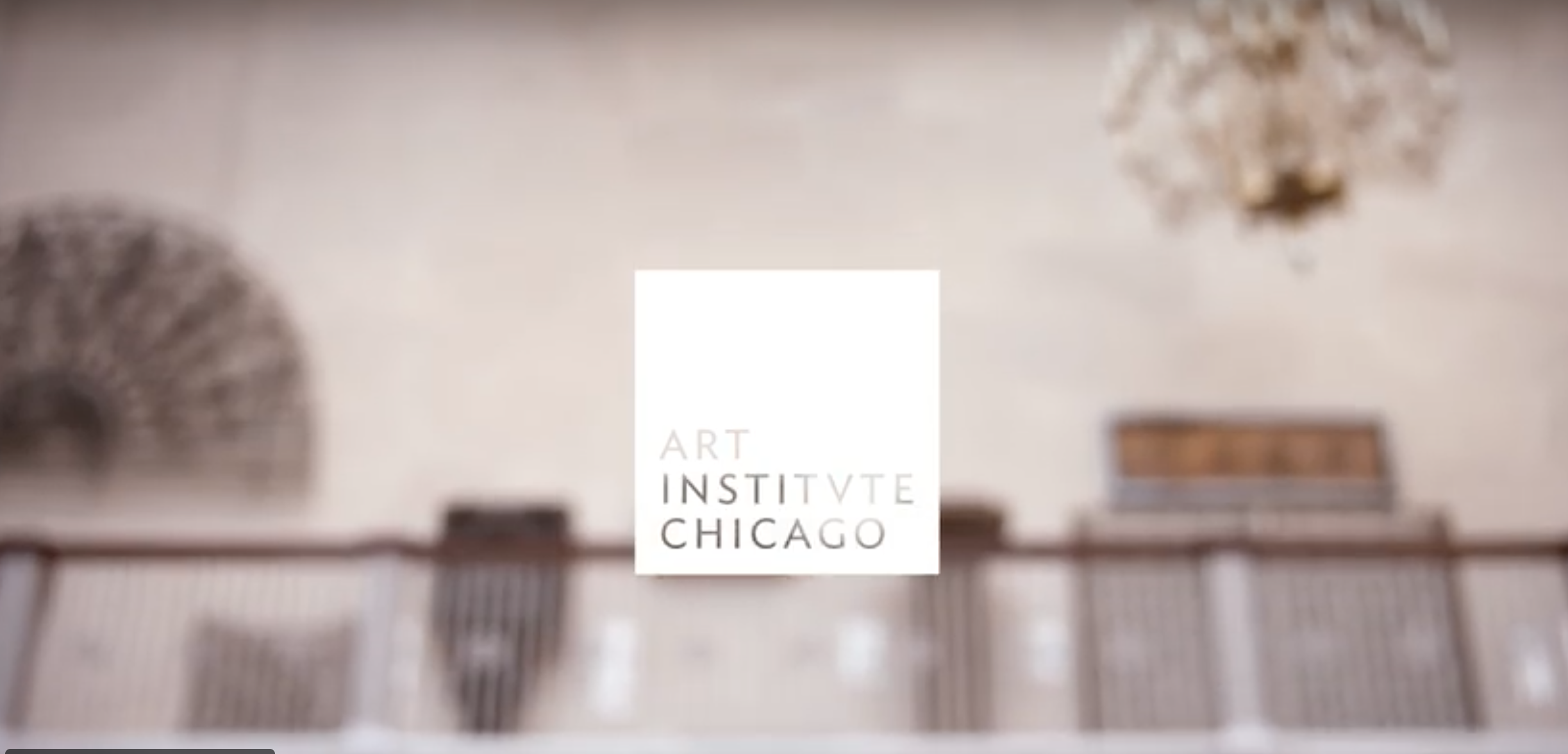Museums are places where the past meets with the present, but also with the future.
And technology has a big role to play in these places, whether it is to advertise them, to create immersive experiences, or to interact with their diverse publics.
Let me explain.
I’m sure you all remember the great media coverage for Le Louvre Abu-Dhabi’s launch in November 2017. This grand opening was naturally celebrated in Paris, where the pyramid of Le Louvre was decorated with digital videos showing the permanent and temporary pieces of the Emirati museum.
This show, produced by the Atelier Athem & Skertzó, is the result of a technology called video mapping, which mingles digital art and architecture.
The use of video mapping for the communication of a museum is precisely a good example of the digitalization of museums in general.
But this is only one example in a million.
More innovative and surprising than ever, tech innovations in museums are rapidly developing themselves around the world.
And let me show you some examples of this digitalization.
Marty, the IA of Art masterpieces
Do you know Marty, the personal and smart guide of museum visitors? No? Please, read on.
The startup Quantmetry is planning to work on the creation of an artificial intelligence that can identify an art piece and give all the information related to this piece via an app.
The concept: a visitor in a museum is contemplating an art masterpiece but doesn’t have any information about it. He just needs to photograph this art masterpiece with his smartphone via the Marty App, and Marty’s IA will identify this art masterpiece and will give him all of its history and information.
But beyond that, this intelligence can even propose the user to visit a selection of exhibitions based on his tastes, while creating a journey of personalized visits for him in the city he lives in.
More than a relevant tech innovation, Marty will most importantly contribute to the access and comprehension of arts and arts history to a larger audience that is not necessarily initiated to arts.
While we are waiting for this project to come to life, what are other innovations that exist within museums?
The Art Institute of Chicago, a museum centered on mobile interaction
When it comes to the pedagogic use of smartphones, the Art Institute of Chicago is undoubtedly a reference. Indeed, its mobile app enables its visitors to program their very own journey in the museum depending on their wishes and needs even before going to the museum. This app is also an audio guide and possesses a geolocalization system.
Moreover, the Art Institute of Chicago has also developed an online platform in which families can program their visits according to fun and ludic thematics. Very smart!
And what about Augmented and Virtual realities? Can they be used in museums?
Augmented Reality and Virtual Reality for immersive experiences in museums
Augmented and Virtual realities are more and more present in museums. They make visitors live unique experiences, and museums can attract a larger public thanks to them, to a certain extend. Numerous museums have in fact, used this technology lately, and the results of these creations are spectacular.
For instance, during Spring 2017, the Natural History Museum of Los Angeles made its visitors travel into the deepest depths of the oceans via virtual reality, in its exhibition untitled The Blu. Breathtaking.
Virtual reality was also used to create 3D reconstructions of ancient sites such as the Domus Aurea in Italy. Amazing.
All in all, technology seems to be increasingly a key element to spark interest to visit a museum, to attract a larger audience and make visitors experience unforgettable moments through the interactivity that it provides.
Howsoever, the real strength of tech in museums is its capacity to make the comprehension of arts and science history more accessible to the largest publics.
Both visually impressive, ludic and inclusive, tech innovations in museums have a bright future before them and won’t cease to surprise us. For the best.
For more about Arts, visit my Pinterest board about Painting.

Leave a Reply